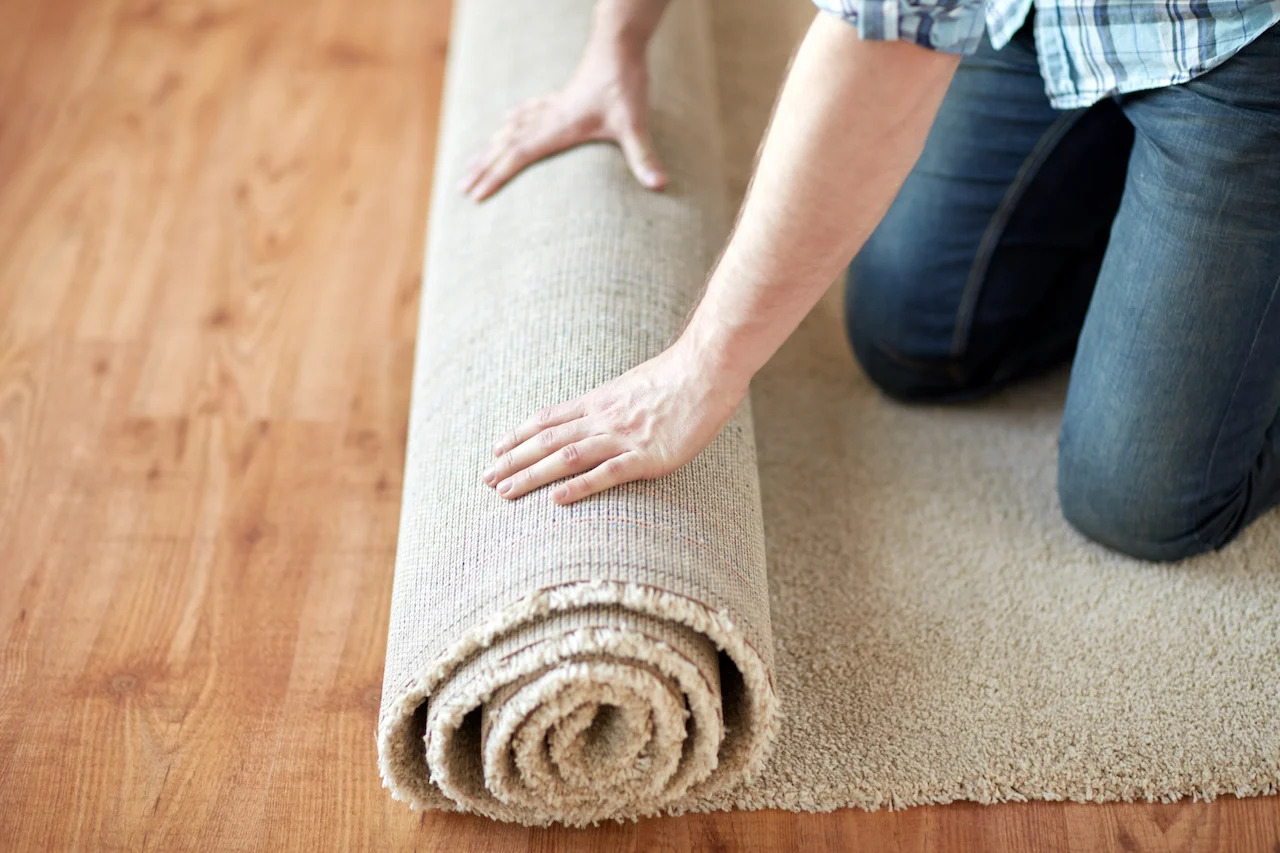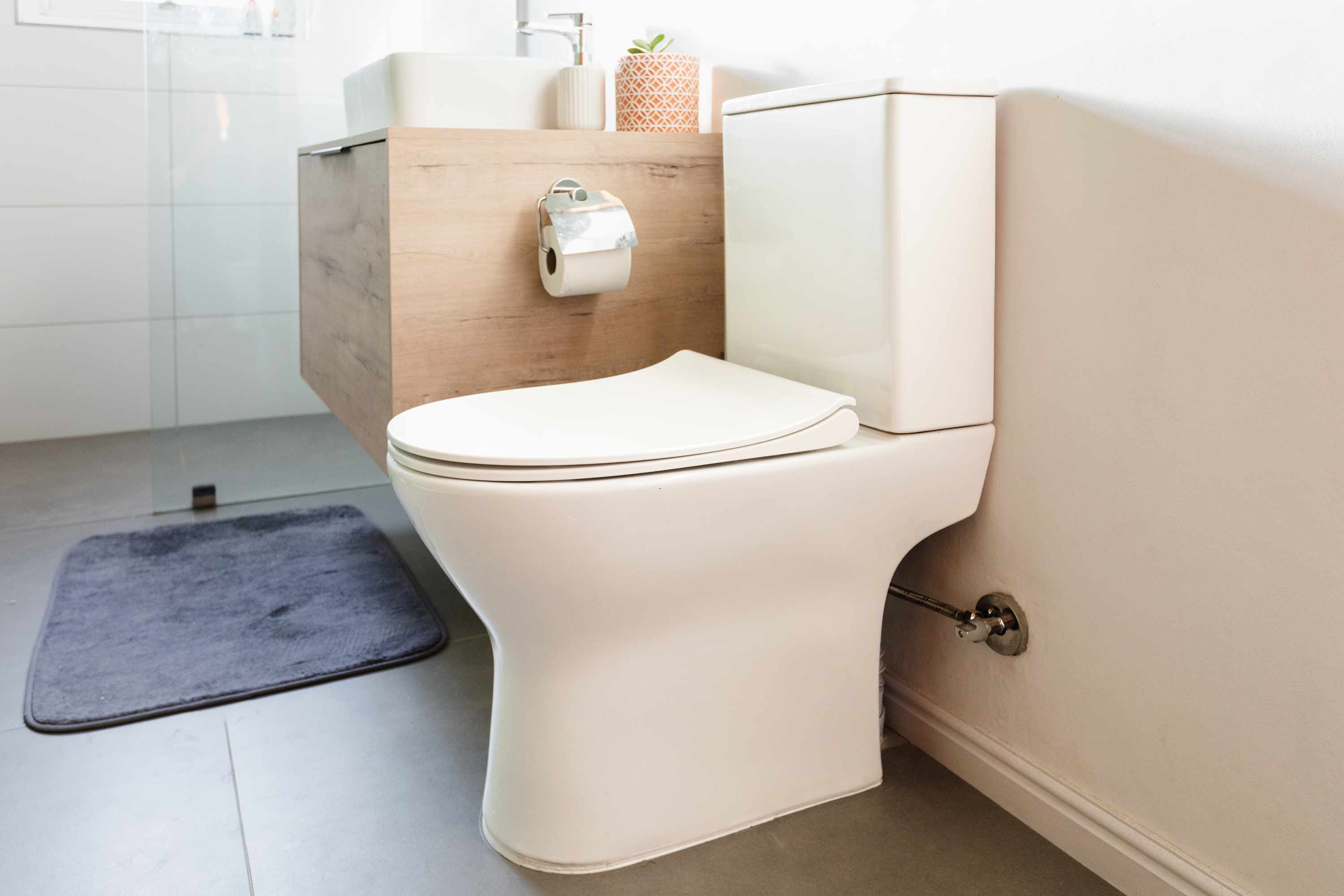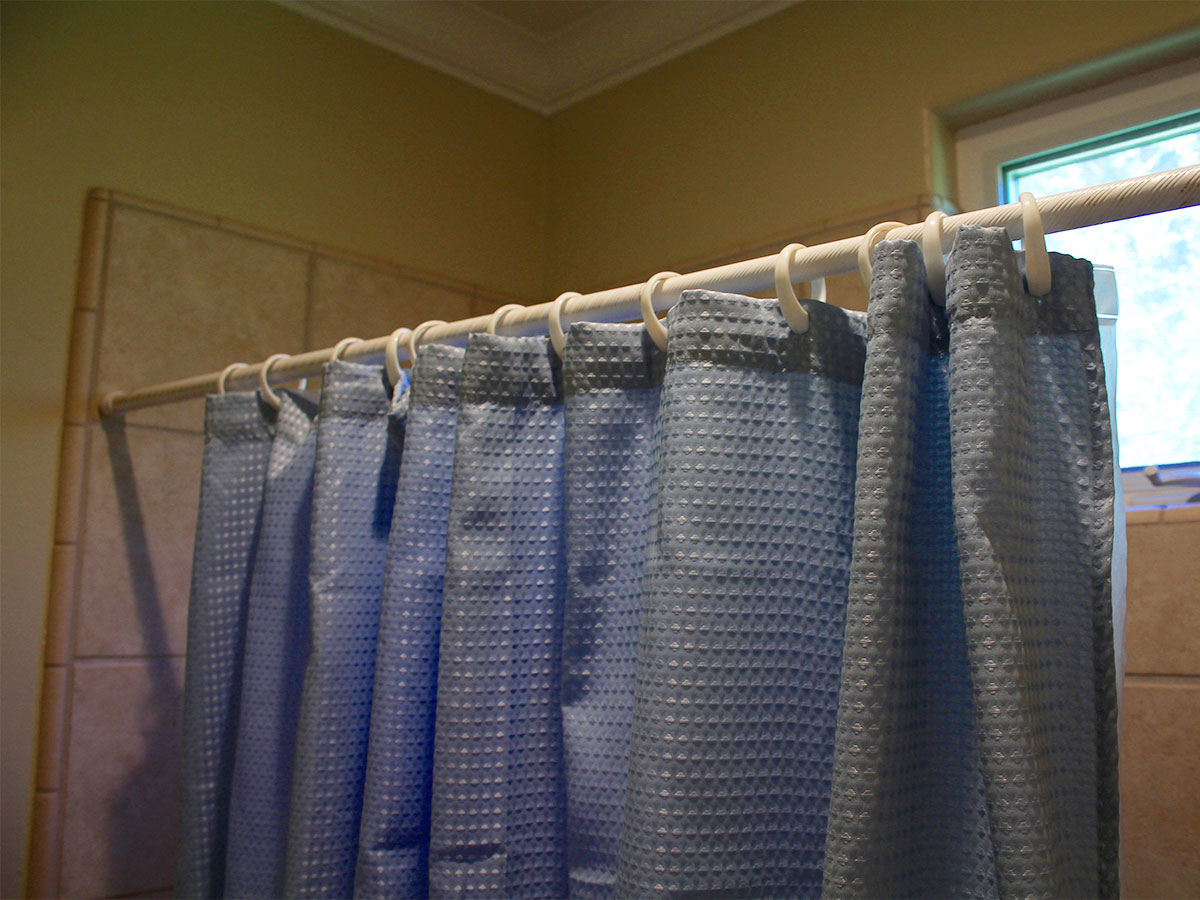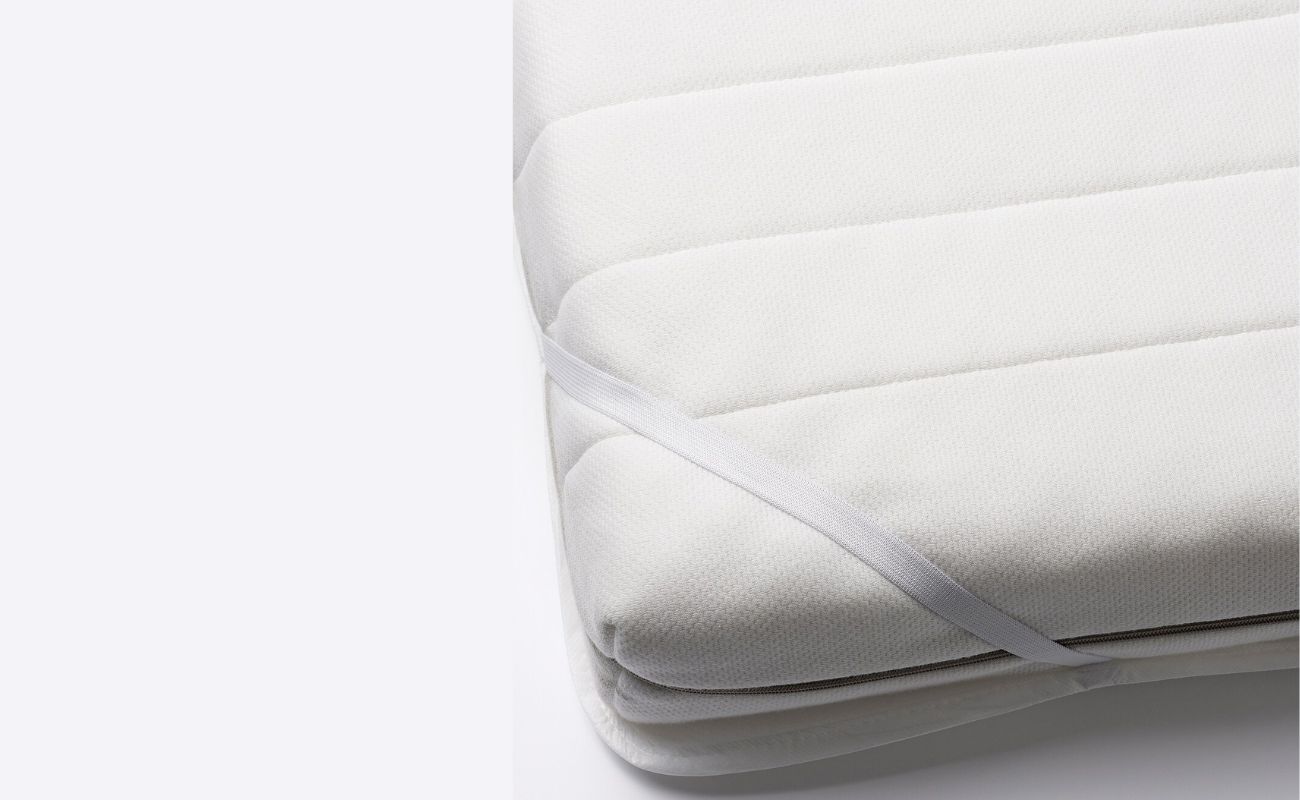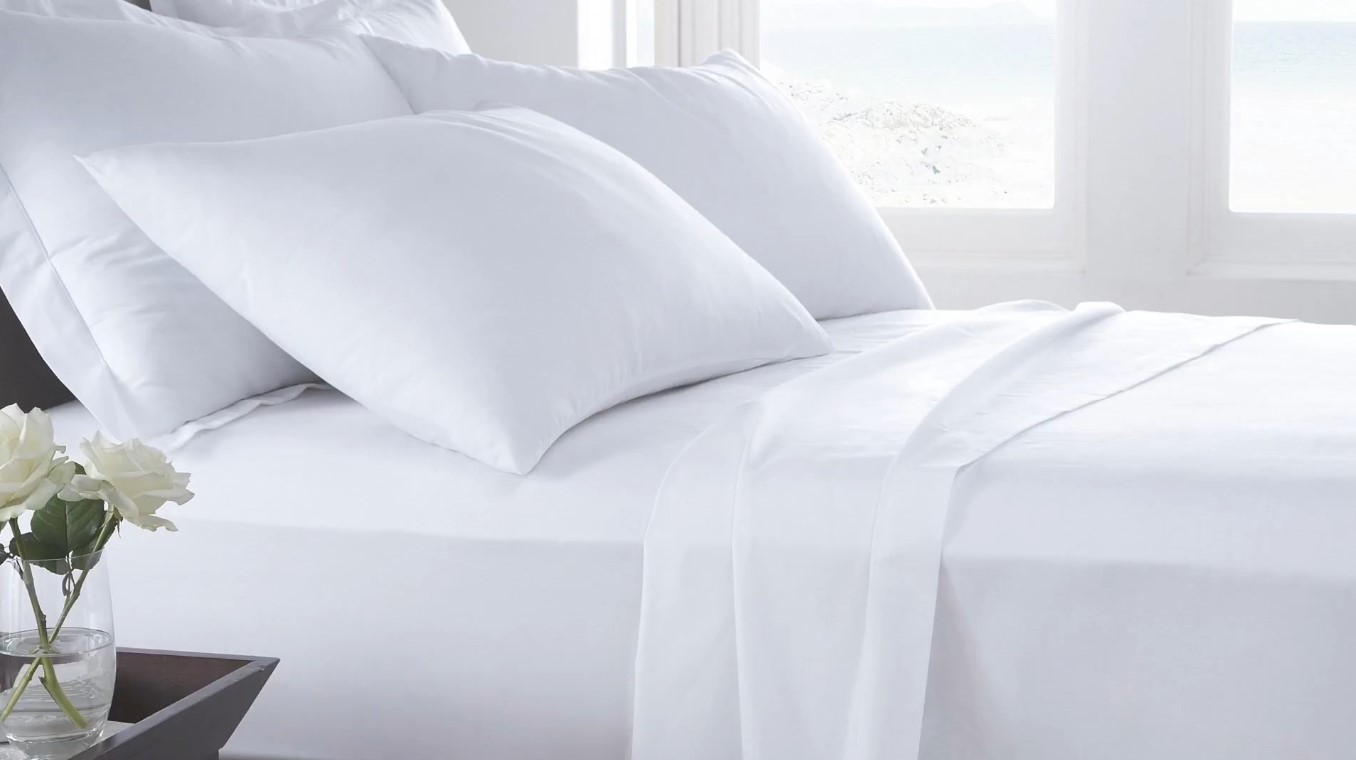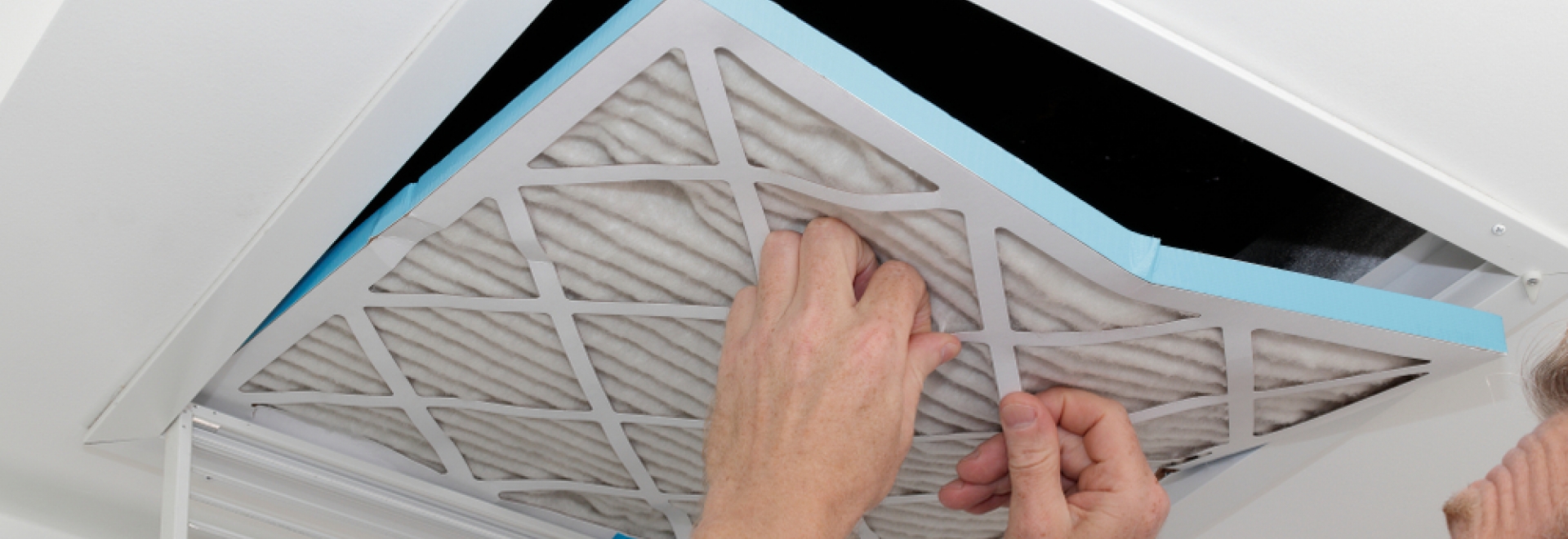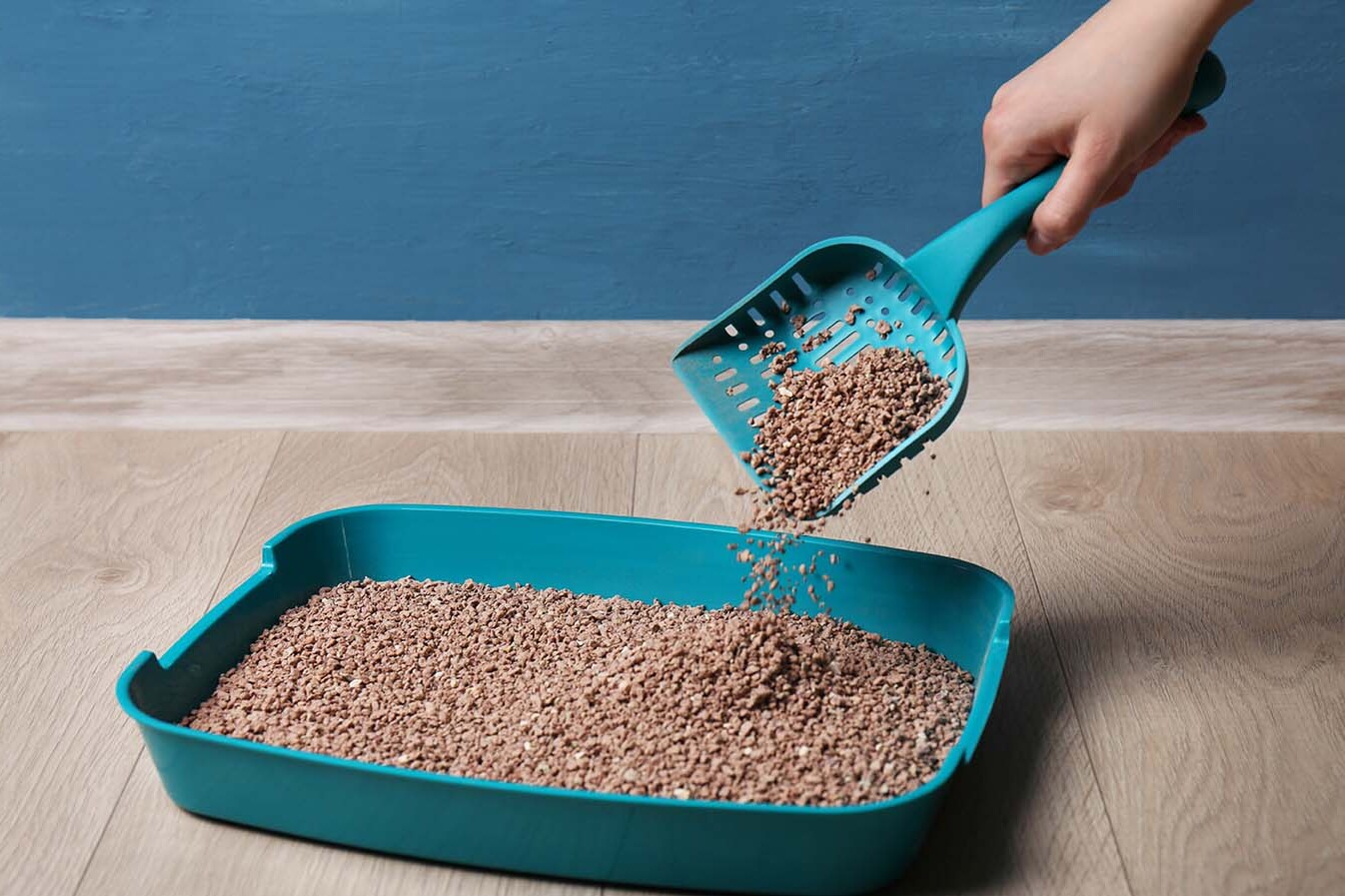Home>Furniture>Bedroom Furniture>How Often Should You Change Mattress
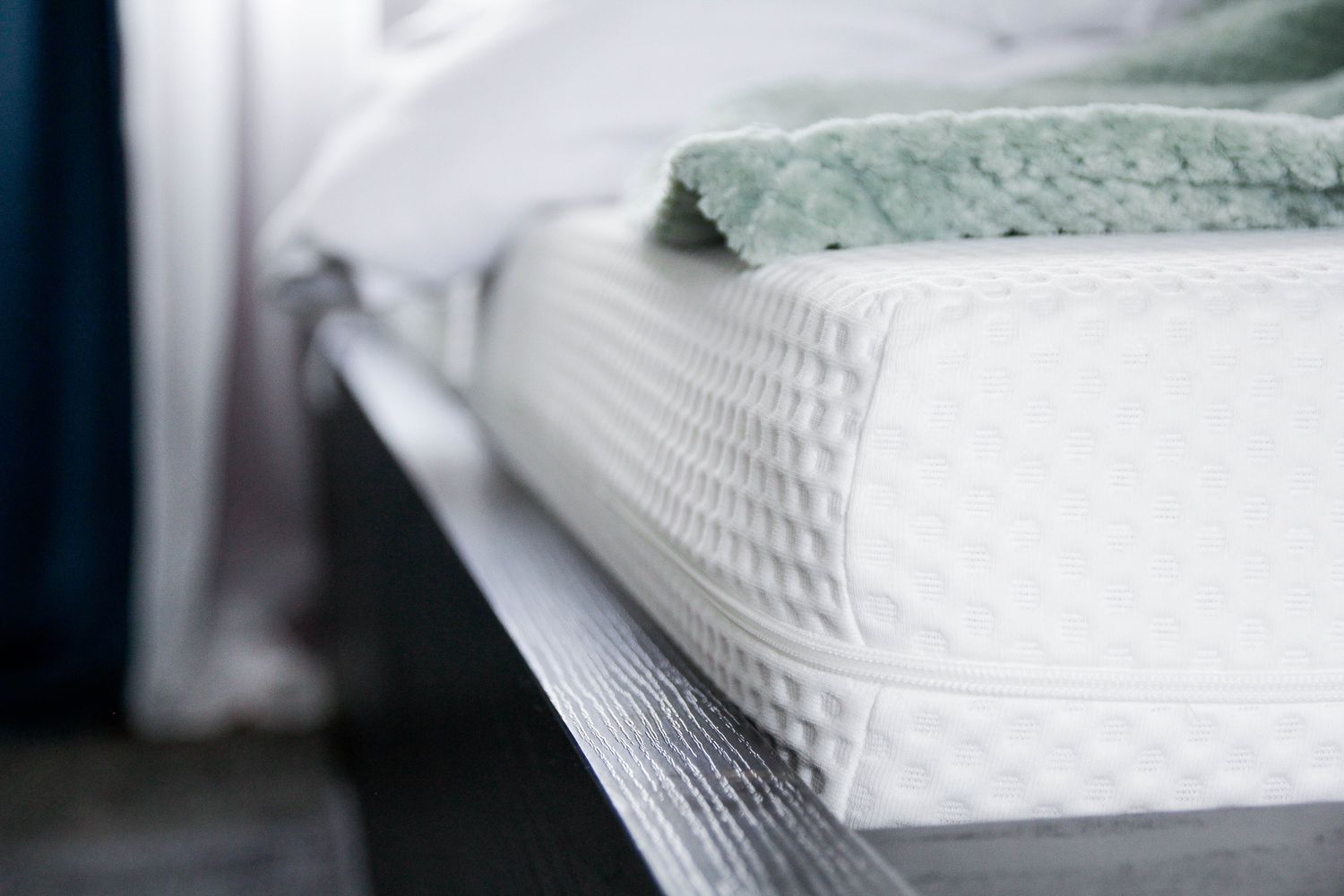

Bedroom Furniture
How Often Should You Change Mattress
Modified: September 2, 2024
Find out the recommended frequency for changing your mattress for optimal comfort and sleep quality. Upgrade your bedroom furniture with our expert advice.
(Many of the links in this article redirect to a specific reviewed product. Your purchase of these products through affiliate links helps to generate commission for Storables.com, at no extra cost. Learn more)
Introduction
Welcome to the world of bedroom furniture and in particular, the often overlooked hero of your sleep sanctuary – the mattress. Your mattress plays a crucial role in your sleep quality, comfort, and overall well-being. Yet, many people underestimate the importance of regularly assessing its condition and considering when to change it.
In this article, we will explore the factors that affect the lifespan of your mattress, the signs that indicate it’s time for a replacement, and provide guidance on how often you should consider changing your mattress based on its type. We’ll also share some valuable tips for maintaining and extending the longevity of your mattress.
So, let’s dive in and discover how to ensure that you are getting the most out of your mattress for a restful and rejuvenating sleep experience.
Key Takeaways:
- Regularly assess your mattress for signs of wear and tear, such as sagging, visible damage, or discomfort, to ensure a restful and supportive sleep surface.
- Consider the type of mattress you have and its lifespan, ranging from 7-10 years for innerspring mattresses to 15-20 years for latex mattresses, to make informed decisions about replacement.
Read more: How Often Should You Change Your Mattress?
Factors Affecting Mattress Lifespan
Several factors can impact the lifespan of your mattress, including:
- Quality: The quality of materials used in the construction of your mattress has a significant impact on its durability. Higher quality mattresses tend to last longer than cheaper ones.
- Usage: The frequency and duration of use affect how quickly a mattress wears out. A mattress that is used every night will likely have a shorter lifespan than one used occasionally in a guest room. Additionally, if you tend to spend more time in bed, such as working or watching TV, your mattress may deteriorate faster.
- Weight: The weight of the individuals using the mattress can impact its lifespan. Heavier individuals exert more pressure on the mattress, which can lead to faster wear and tear.
- Maintenance: Proper care and maintenance can significantly extend the life of your mattress. Regularly rotating and flipping the mattress can help distribute the wear evenly and prevent sagging. Using a mattress protector can also protect against spills, stains, and allergens.
- Environmental Factors: The environment in which your mattress is placed can affect its lifespan. Excessive heat, moisture, and exposure to direct sunlight can degrade the materials and shorten the lifespan of the mattress.
By understanding these factors, you can take proactive measures to optimize the durability of your mattress and ensure it provides the necessary support and comfort for a good night’s sleep.
Signs That It’s Time to Change Your Mattress
While mattresses may not come with an expiration date, there are several signs that indicate it’s time for a replacement. Pay attention to the following clues to determine if it’s time to bid farewell to your current mattress:
- Sagging: If you notice significant sagging or indents on your mattress, especially in the areas where you sleep, it’s a clear indication of wear and tear. Sagging can lead to discomfort and improper spinal alignment, affecting the quality of your sleep.
- Visible Wear and Tear: Check for any visible signs of damage or wear on the mattress, such as fraying, lumps, or springs poking through. These issues not only affect comfort but also impact the stability and support your mattress provides.
- Waking Up with Pain or Stiffness: If you consistently wake up with aches, pains, or stiffness that resolve throughout the day, it may be a sign that your mattress is no longer providing the necessary support. This can be particularly noticeable in the back, neck, shoulders, or hips.
- Increased Allergies or Asthma Symptoms: Over time, mattresses can accumulate dust mites, allergens, and other microorganisms, exacerbating allergy or asthma symptoms. If your allergies or respiratory issues worsen despite regular cleaning, it might be time to consider a new mattress.
- Changes in Sleep Patterns: If you find yourself tossing and turning more frequently during the night, or if your sleep quality has declined over time, it could be due to an unsupportive or uncomfortable mattress.
- Age of the Mattress: While individual mattress lifespan can vary, it’s generally recommended to replace your mattress every 7 to 10 years, as it undergoes natural wear and loses its original comfort and support.
Keep in mind that these signs are general guidelines, and personal preferences and circumstances may influence your decision to replace your mattress. Trust your own comfort and judgment when it comes to determining if it’s time for an upgrade.
It is recommended to change your mattress every 7-10 years, as this is the average lifespan of a mattress. However, if you are experiencing discomfort or notice visible wear and tear, it may be time to replace it sooner.
Frequency of Mattress Replacement Based on Type
The lifespan of a mattress can vary depending on its type. Here’s a general guideline for how often you should consider replacing different types of mattresses:
- Innerspring Mattresses: Innerspring mattresses typically last around 7-10 years. Over time, the springs may lose their resiliency, leading to sagging and reduced support. If you start experiencing discomfort or changes in sleep quality, it’s a good indication that it’s time for a new innerspring mattress.
- Memory Foam Mattresses: Memory foam mattresses have a longer lifespan, typically lasting 10-15 years. However, this can vary depending on the quality of foam used. As memory foam gradually loses its ability to bounce back, you may notice increased sagging or reduced support over time.
- Latex Mattresses: Latex mattresses are known for their durability and can last up to 15-20 years. They are naturally resistant to sagging and provide consistent support. However, keep an eye out for any signs of wear and tear, such as sagging or lumps, which may warrant a replacement.
- Hybrid Mattresses: Hybrid mattresses, which combine innerspring and memory foam or latex, typically have a lifespan of 8-12 years. The longevity of a hybrid mattress depends on the materials used and their quality. If you notice deterioration in either the springs or the foam/latex layers, it may be time to consider a replacement.
It’s important to note that these estimates are averages and can vary depending on factors such as usage, weight distribution, and overall mattress quality. Ultimately, your comfort and sleep quality should guide your decision about when to replace your mattress.
Tips for Maintaining Your Mattress’s Longevity
Maintaining your mattress properly can significantly extend its lifespan and ensure that you enjoy a comfortable and supportive sleep surface. Here are some essential tips to help preserve your mattress’s longevity:
- Use a Mattress Protector: Invest in a mattress protector to safeguard your mattress from spills, stains, dust mites, and allergens. A waterproof and breathable mattress protector will create an additional barrier, keeping your mattress clean and fresh for longer.
- Rotate and Flip Regularly: To prevent uneven wear, rotate your mattress every 3-6 months. If your mattress is double-sided, you can also flip it over. This practice distributes the pressure evenly and minimizes sagging and indentations.
- Keep It Clean: Regularly vacuum your mattress to remove dust, dead skin cells, and allergens. Follow the manufacturer’s instructions for spot cleaning, and avoid using excessive water or harsh cleaning agents that can damage the mattress.
- Avoid Jumping or Sitting on the Edges: Excessive jumping or sitting on the edges of the mattress can strain the springs and foam, leading to premature wear and tear. Use the mattress for sleeping and lounging in a way that distributes your weight more evenly.
- Support Your Mattress Properly: Ensure that your mattress is supported by a sturdy, appropriate foundation or bed frame. The right support system will prevent excessive sagging and prolong the life of your mattress.
- Avoid Excessive Moisture: Keep your mattress dry and protect it from spills and excessive moisture. Moisture can lead to mold and mildew growth, which can be detrimental to the mattress’s integrity and your health.
- Avoid Propping Up Heavy Objects: Don’t place heavy objects, such as furniture or boxes, on your mattress for an extended period. This can cause permanent indentations and damage the structure of the mattress.
- Follow Weight Guidelines: If your mattress has weight restrictions specified by the manufacturer, make sure to adhere to them. Exceeding the weight limit can strain the materials and reduce the mattress’s lifespan.
By following these maintenance tips and caring for your mattress properly, you can maximize its lifespan and enjoy a comfortable and supportive sleep surface for years to come.
Read more: How Often Should You Rotate A Mattress?
Conclusion
Your mattress plays a vital role in your sleep quality and overall well-being. Understanding the factors that affect its lifespan, knowing the signs that indicate it’s time for a replacement, and following proper maintenance guidelines will help you make informed decisions about your mattress and ensure its longevity.
Remember to consider factors such as the quality of materials, usage patterns, weight, and maintenance when evaluating the condition of your mattress. Signs like sagging, visible wear and tear, waking up with pain or stiffness, increased allergies or asthma symptoms, changes in sleep patterns, and the age of the mattress can indicate that it’s time for a change.
The frequency of mattress replacement can vary based on the type of mattress you have. Innerspring mattresses typically last around 7-10 years, memory foam mattresses last about 10-15 years, latex mattresses can endure for 15-20 years, and hybrid mattresses last around 8-12 years.
To prolong your mattress’s lifespan, practice good maintenance habits such as using a mattress protector, rotating and flipping the mattress regularly, keeping it clean, avoiding excessive moisture, supporting it properly, and avoiding excessive weight or pressure. These practices will help maintain the comfort and support of your mattress for an extended period.
Remember that these guidelines serve as general recommendations, and ultimately, your personal comfort and sleep quality should guide your decision to replace your mattress.
So, take the time to assess your mattress, keep an eye out for signs of wear and tear, and follow the tips provided to ensure that you have a comfortable and supportive sleep surface for years to come. Sleep well!
Frequently Asked Questions about How Often Should You Change Mattress
Was this page helpful?
At Storables.com, we guarantee accurate and reliable information. Our content, validated by Expert Board Contributors, is crafted following stringent Editorial Policies. We're committed to providing you with well-researched, expert-backed insights for all your informational needs.

